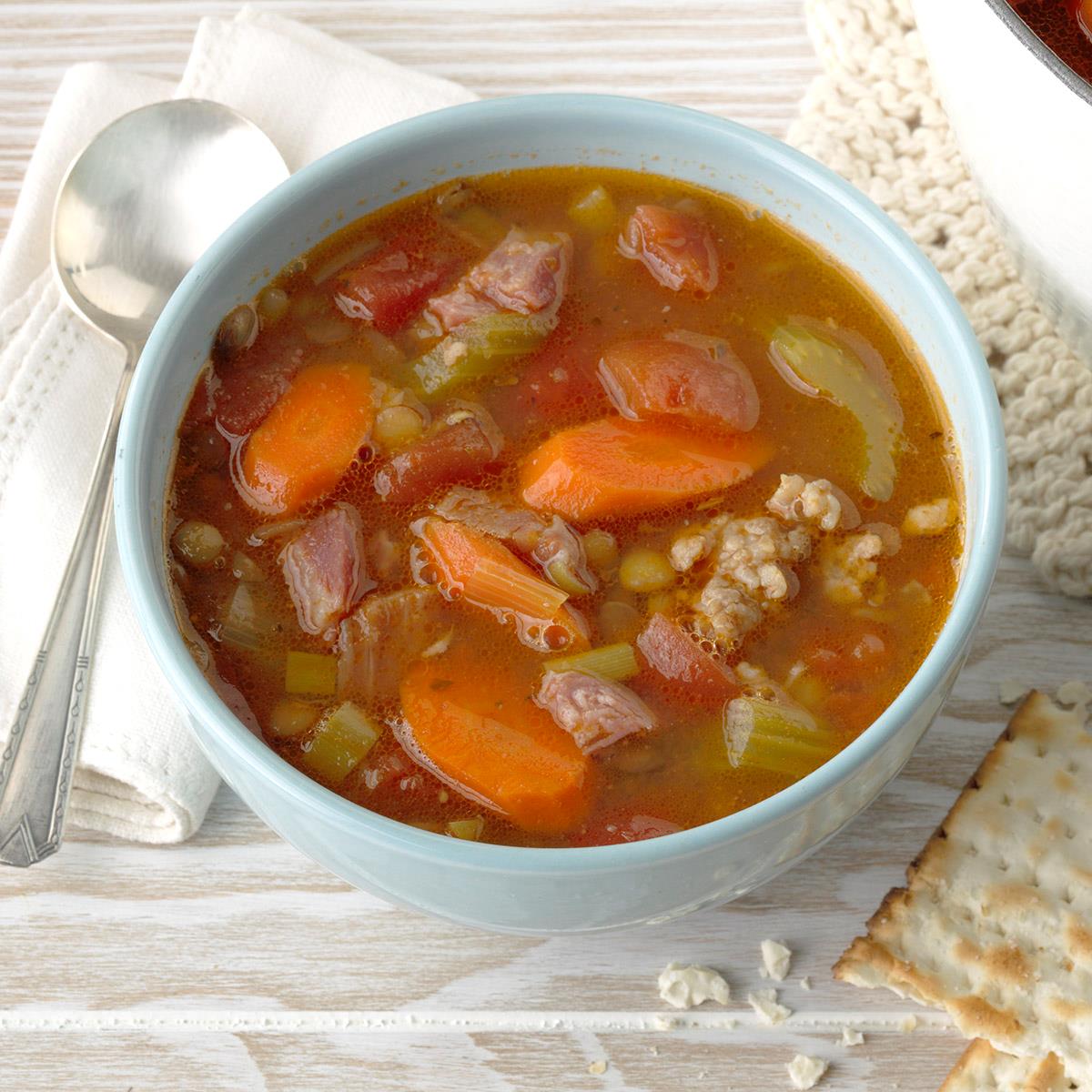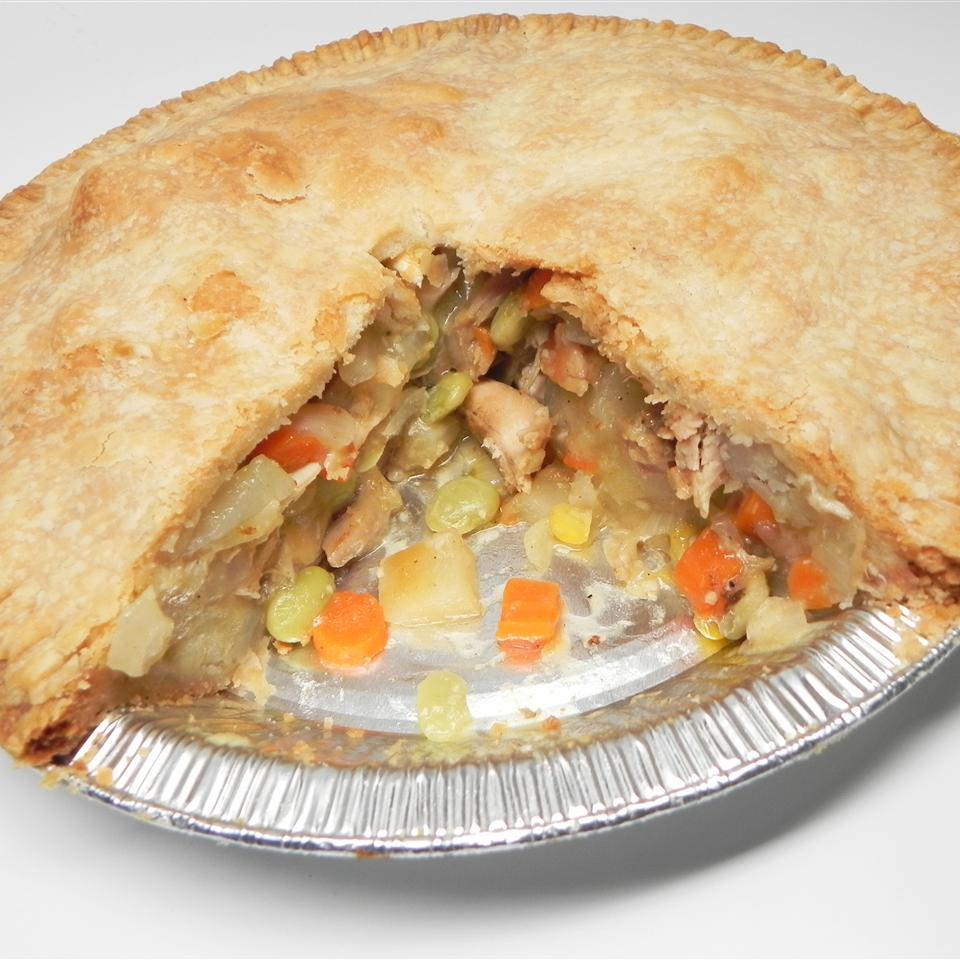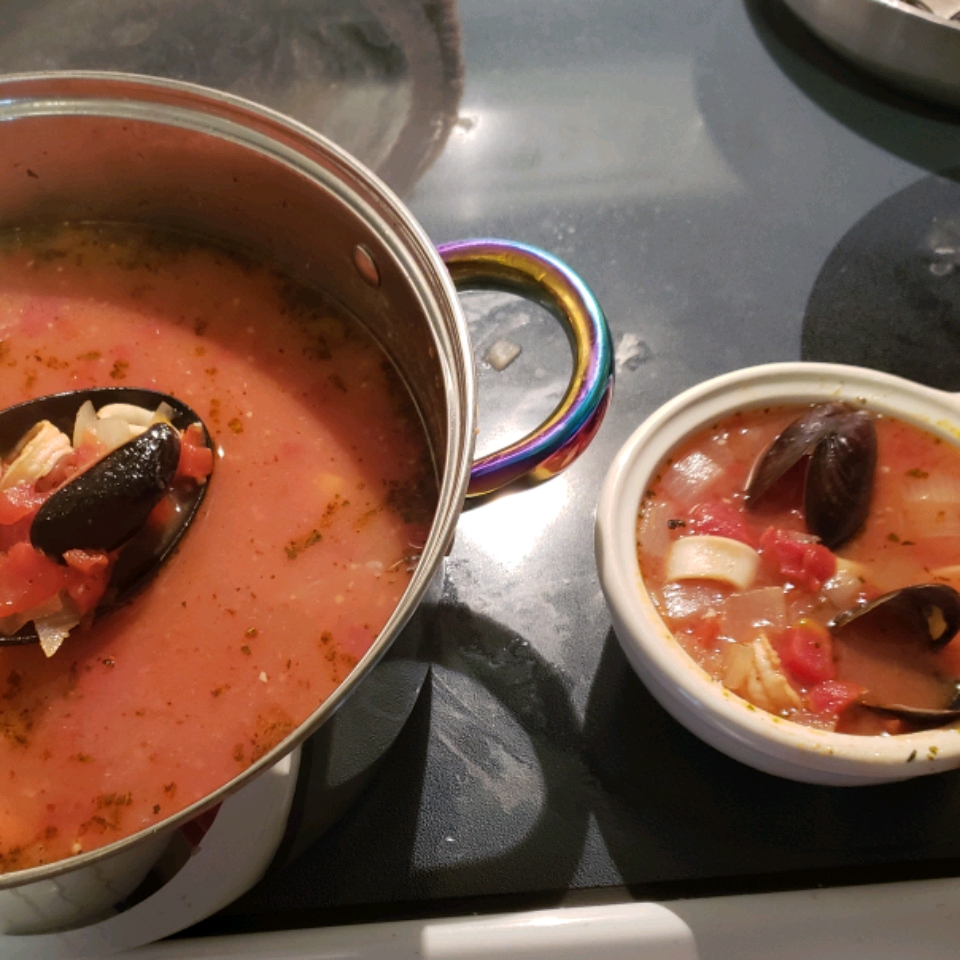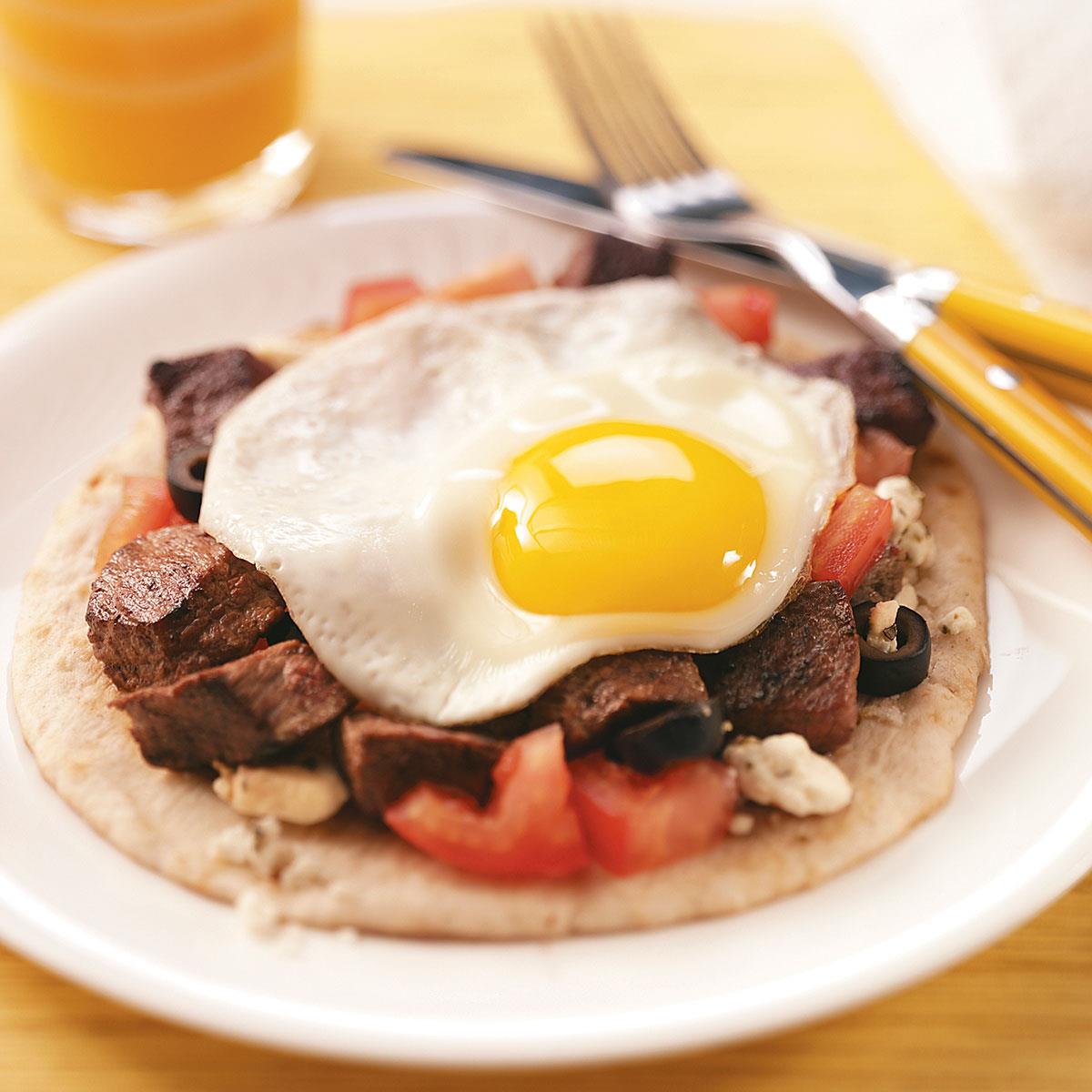**Tahdig: A Crispy Persian Rice Dish with Variations to Delight Every Palate**
Tahdig, a beloved staple in Persian cuisine, is a culinary masterpiece that transforms ordinary rice into an extraordinary feast. This crispy, golden-brown layer at the bottom of the pot is not just a mere leftover; it's a delectable treat that elevates the entire rice dish to new heights of flavor and texture. Our comprehensive guide delves into the art of crafting Tahdig, providing three unique recipes that cater to diverse preferences and dietary needs. Whether you're a seasoned pro or a novice in the kitchen, these recipes will empower you to create the perfect Tahdig, guaranteed to impress your family and friends. From the classic Tahdig to its vegetarian and vegan variations, each recipe is carefully explained with step-by-step instructions, ensuring success in your culinary endeavors. Prepare to embark on a delightful journey as we explore the secrets behind this iconic Persian dish and create a Tahdig that will leave a lasting impression.
PERSIAN TAHDIG RICE

Persian rice is made differently from the standard way I learned how to make rice. It is boiled in plenty of water, drained, then steamed and crisped with butter and a little more water. The plentiful water takes the starchy flavor out of the rice, and if you are lucky, you will get some nice crispy rice on the bottom, which is a little sweet. It takes a little longer to cook to get the tahdig, so I don't always bother.
Provided by velvetmonster
Categories Side Dish Rice Side Dish Recipes Pilaf
Time 40m
Yield 6
Number Of Ingredients 7
Steps:
- Grind saffron threads with sugar in a mortar and pestle. Transfer to a bowl and dissolve in boiling water. Set aside to soak.
- Wash starch from the rice by rinsing it in a nonstick 4-quart pot. Rinse 3 or 4 times in lukewarm water until water runs clear. Fill the pot 3/4 full with cold water, covering the rice. Bring to a boil. Add olive oil and cook until rice is soft on the outside and still crunchy in the middle, 10 to 15 minutes.
- Drain rice and rinse with cool water. Set aside. Rinse any excess rice starch out of the pot.
- Melt butter in the clean, dry pot. Mound rice over the butter; add enough water to reach 1/3 of the height of the rice. Sprinkle salt over the rice. Wrap the lid with a kitchen towel and cover the pot to seal tightly. Simmer over medium heat until all water is absorbed and a crispy crust starts to form on the bottom, about 10 minutes.
- Fluff the rice with a fork while turning it out on a plate. Measure 1 cup rice and mix with the saffron water. Scatter saffron rice over plain rice. Detach the layer of crust, or 'tahdig', from the bottom of the pot and serve in a separate dish as a special treat.
Nutrition Facts : Calories 275.9 calories, Carbohydrate 49.4 g, Cholesterol 10.2 mg, Fat 6.9 g, Fiber 0.4 g, Protein 4.8 g, SaturatedFat 3 g, Sodium 415.4 mg, Sugar 0.5 g
PERSIAN RICE WITH POTATO TAHDIG

Potatoes are cooked at the bottom of the rice in this traditional Persian rice dish.
Provided by Lady at the Stove
Categories Side Dish Rice Side Dish Recipes
Time 45m
Yield 6
Number Of Ingredients 4
Steps:
- Rinse and drain rice 2 times.
- Bring a large pot of water to a boil. Add rice and salt; cook for 6 minutes. Drain in a colander. Rinse rice and drain again.
- Put oil in the bottom of the pot and place potato slices in a single layer over top. Pour cooked rice on top of potato slices, cover, and cook over low heat until rice and potatoes are tender, 20 to 30 minutes.
- Invert carefully onto a serving plate so sliced potatoes are on top of rice.
Nutrition Facts : Calories 287.9 calories, Carbohydrate 55.2 g, Fat 5.3 g, Fiber 1.2 g, Protein 5.4 g, SaturatedFat 1 g, Sodium 389.7 mg, Sugar 0.4 g
POLO BA TAHDIG (PERSIAN RICE WITH POTATO CRUST)
You have made it in Persian cooking if you make a good Tah-dig, the perfect crusted rice that stays together when dumped sand castle style on your platter. The crunch of the crust with the soft tender rice is sublime. Another great food introduced to us by my brother-in-law from Iran.
Provided by Marsha Gardner
Categories Rice Sides
Number Of Ingredients 10
Steps:
- 1. Put sugar cube in a small mortar add the saffron threads to the top of it. Using the pestle, crush together into as fine a powder as possible. Place in a small cup. Add melted butter and boiling water. Set aside for 3 hours.
- 2. Soak washed rice in lukewarm water that generously covers it for 30 minutes. Drain
- 3. Put 10 cups water into a large pot and bring to a boil. Add 1 1/2 tablespoons salt and mix in. Scatter rice into the boiling water and bring to a boil again. Boil rapidly for 5 1/2 minutes. Drain rice immediately and leave in colander.
- 4. Put the butter in a nonstick pan and set over low heat. Add 2 tablespoons water plus 2 teaspoons of the saffron mix. Peel potato and cut into 1/8" slices.
- 5. Lay slices in an even layer in the bottom of the pan. Cut slices to fit to completely cover bottom if desired. A few blank spaces are fine.
- 6. When the butter is melted dump the rice on top of the potato slices. Cover and turn to medium-high. After 4 minutes, add the remainder of the saffron by dribbling over rice. Do this quickly
- 7. Drape a dish towel over the underside of the lid and then place back on the pan. (The towel will between the pan and the lid) Flip the towel ends on top of the lid so they do not burn. Turn heat to lowest heat possible and cook for an additional 25 minutes.
- 8. To serve, have a large warm serving plate ready. Remove cover and slide a knife along the inside of the pan to loosen rice. Put the serving plate on top o the pan of rice. Now, turn it over to invert rice on to the plate.
- 9. The "cake" will crumble a little, spreading out at the bottom, but this is as it should be. Serve immediately, cut into crust to serve.
- 10. Alternatively, empty just the rice rice onto the serving plate, scooping our gently with a spoon. Now remove the crust from the pan and with a butter knife or pair of kitchen scissors, cut into even wedges. You may arrange the wedges, crusty side up, around the rice or serve them on a separate plate.
POLO BA TAHDIG (PERSIAN RICE WITH BREAD CRUST)

No dinner in an Iranian household is complete without polo, or rice. And no pot of polo is complete without tahdig, the crisp crust whose name means "bottom of the pot." Tahdig is a highlight of Persian cuisine, and it can be made of rice, potatoes, lettuce or bread, as it is here. If you can't get your hands on lavash bread, use a thin flour tortilla to line the bottom of the pot. Tahdig is easiest to prepare in a nonstick pot, but you could also prepare it in a cast-iron Dutch oven by reducing the heat to low and extending the cooking time to 50 minutes.
Provided by Samin Nosrat
Categories grains and rice, side dish
Time 2h
Yield 6 to 8 servings
Number Of Ingredients 6
Steps:
- Place the rice in a large bowl and cover with water. Swirl the rice around to release some starch, then drain the bowl and fill again. Repeat several times, until water runs clear, then cover with ample water again and add 1 tablespoon salt. Let soak for 30 minutes.
- In the meantime, fill a large soup or stockpot with 6 quarts water. Cover and bring to a boil. Add 7 tablespoons salt (the water should be very salty) and stir to dissolve.
- Use a small mortar and pestle to grind the saffron into a fine powder with a pinch of salt. Set aside.
- Use a large fine-mesh sieve or colander to drain the rice well. Add rice to the pot and stir gently, then return sieve to the sink. Cook rice, checking the grains frequently for doneness. When the rice breaks easily between your fingers when pressed but is not so soft that it falls apart, it's done. Most Persian or Indian basmati rice will take about 7 to 8 minutes to reach this point, but different brands will cook differently, so keep a closer eye on the rice than on the clock.
- Working quickly, drain rice into the sieve and rinse with cold water until cool to remove excess starch and keep rice from overcooking. Taste the rice and adjust seasoning with salt as needed. Let the rice continue to drain.
- Use the lid of an 8-inch or 9-inch nonstick pot or cast-iron Dutch oven as a guide to trim the lavash bread into a slightly larger circle. It's fine to use more than one piece of bread and patch things as needed. Alternatively, use a tortilla, which needs no trimming.
- Place the pot over medium heat and add the oil. Carefully lay bread atop the oil and cook until it starts sizzling and turns a light golden color, about 30 seconds. Use tongs to flip bread and let it sizzle for another 30 seconds before adding the rice. Use a spatula to gently spread the rice evenly across the pot. Use the handle of the spatula to poke 6 to 8 holes in the rice down to the bread - this will encourage steam to escape from the bottom of the pot and yield a crisp crust.
- In a small saucepan set over low, heat the butter and the prepared saffron until butter melts. Drizzle over the rice. Wrap the lid of the rice pot with a clean dish towel, using the corners of the towel to tie a knot atop the handle. Cover the pot with the lid - the cloth should not touch the rice, but rather absorb steam as the rice cooks to keep it from getting soggy.
- Reduce the flame to medium-low (or low, if using cast-iron) and cook for about 48 minutes, rotating the pot a quarter turn every 12 minutes or so to ensure an evenly golden tahdig (add 12 more minutes for cast-iron). The rice will be done when the grains are elongated and dry and the edges of the crust turn a light golden brown.
- To serve, place a large platter or plate over the pot, gather your courage, praise your ancestors and flip the rice. It should drop onto the plate in one piece. Serve immediately. If not serving immediately, remove the tahdig to a separate platter to keep it from getting soggy as the rice continues to release steam.
Tips:
- To achieve the perfect crispy tahdig, use high-quality, long-grain rice, such as Basmati or Jasmine rice.
- Soak the rice for at least 30 minutes before cooking to remove the starch and prevent the rice from becoming mushy.
- Use a heavy-bottomed pot or Dutch oven to cook the rice. This will help distribute the heat evenly and prevent the rice from burning.
- When adding the rice to the pot, spread it out evenly so that it cooks evenly.
- Do not stir the rice while it is cooking. Stirring can break the rice grains and make the tahdig less crispy.
- After the rice is cooked, let it rest for a few minutes before flipping it over onto a serving plate.
- To make the tahdig even crispier, you can fry it in a little oil or ghee before serving.
Conclusion:
Persian tahdig rice is a delicious and versatile dish that can be served with a variety of main courses. It is a popular dish in Iran and is often served at special occasions. With its crispy texture and flavorful crust, tahdig rice is a surefire crowd-pleaser.
Are you curently on diet or you just want to control your food's nutritions, ingredients? We will help you find recipes by cooking method, nutrition, ingredients...
Check it out »
You'll also love









